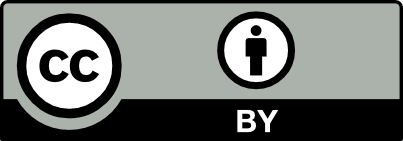The transition from traditional 2D cell culture models to physiologically relevant 3D models has revolutionized biomedical research. Hydrogels are frequently used to produce realistic 3D models with applications in tissue engineering, disease modeling and high-throughput screenings. However, integrating 3D cultures into high-throughput screening workflows presents challenges, including automation compatibility and cost constraints. Addressing these challenges requires innovative approaches that enable miniaturization, automation, and cost reduction while maintaining experimental fidelity. The Droplet Microarray (DMA) platform, based on hydrophilic-superhydrophobic surface patterning, facilitates the formation of homogeneous nanoliter-hydrogel arrays containing cells or spheroids. This method allows rapid dispensing of hundreds of nanoliter-hydrogel droplets with precise control over volume and cell density, reducing reagent consumption and offering high-throughput applications. The stable nanoliter-hydrogel array on a chip allows for experimental procedures like washing and medium immersion. We demonstrated that spheroid-containing droplets can be gelled at any point of the experiment, enabling the fixation of cell structures on the surface. Additionally, selective gelation of individual droplets enables spheroid sorting by stabilizing desired droplets and pooling the others. This method holds the potential for high-throughput and miniaturized workflows in 3D microenvironments, thereby advancing research in different fields such as cell, cell spheroid or organoid screenings, drug screenings and precision medicine.
This document provides an overview of the structure and content of the raw data files associated with the figures in this study. Data Organization The raw data is organized into folders corresponding to the figures in the manuscript. Each folder is named according to the figure number (e.g., Figure_1, Figure_2, etc.). Subsections within each figure are denoted by letters (e.g., 1A, 1B, 1C, etc.) and are stored as subfolders within the respective figure folder. Folder Structure ├── Figure_1/ │ ├── A/ │ ├── B/ │ └── C/ │ ├── Figure_2/ │ ├── A/ │ ├── B/ │ └── C/ │ └── ... (and so on for Figures 3-5) Data Format • Excel Files (.xlsx): Used for numerical values and experimental measurements. • Image Files (.tif, .png, .jpg): Raw or processed images for figures involving microscopy or visual data. Data Content Each dataset corresponds to the experimental results shown in the associated figure. The following details are included where applicable: • Experimental conditions (e.g., drug concentration, time point). • Replicates and repeats. Contact For questions or additional details about the raw data, please contact: Author Name: Maryam Salarian Email: Maryam.salarian@kit.edu Institution: Institute of Biological and Chemical Systems–Functional Molecular Systems (IBCS–FMS), Karlsruhe Institute of Technology (KIT), Germany
Views
Downloads
